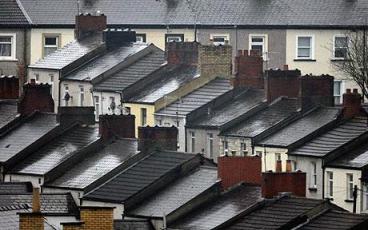The challenges facing the construction industry working on the existing building stock has never been greater. Balancing the requirements of the ever increasing demands of regulations and greenhouse gas emission reduction directives and the need to protect the fabric of the structure without clear, independent guidance is the game of Russian Roulette that clients, home owners and contractors are now faced with.
The Sustainable Traditional Buildings Alliance (STBA) was created by mainstream sustainability and heritage organisations across the UK to act as a forum for sustaining and improving traditional buildings, with Wales represented by Cadw. With over one third of the Wales building stock traditionally built, the STBA is particularly relevant.
The Responsible Retrofit of Traditional Buildings report, produced by STBA and sponsored by the Department for Energy and Climate Change (DECC) should provide a wake-up call to the vast majority of those working with traditional buildings but lack the knowledge to do so properly. The report points out the difference between traditional buildings and others along with retrofit risks and benefits.
Some content should come as no surprise, such as good repair and maintenance is the most sensible ingredient of energy conservation. The report also points out that many common activities are based on relatively little or shallow research. For example there aren't any internal wall insulation systems which have been tested in situations that properly represent real life situations.
Recent drivers for change have been based on limited understanding of how buildings perform, with limited concern on the potential damage that may be caused by an incorrect intervention. It is time to take stock of the issues that face the industry, provide clear independent guidance and highlight the risks posed by changing the performance of the fabric of buildings without careful consideration of the building ‘s condition.
The one fits all solution does not exist, so we need to recognise the importance of getting the surveys and assessments carried out correctly, factoring in all of the issues and not just some of them depending on the agenda of the day.
For more information see the Retrofit Buildings website.
